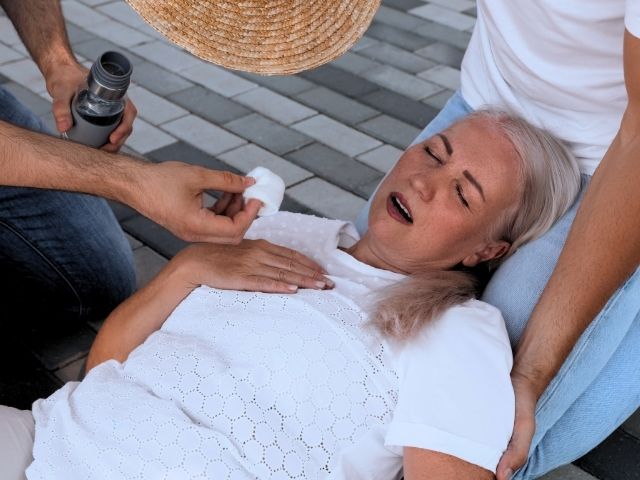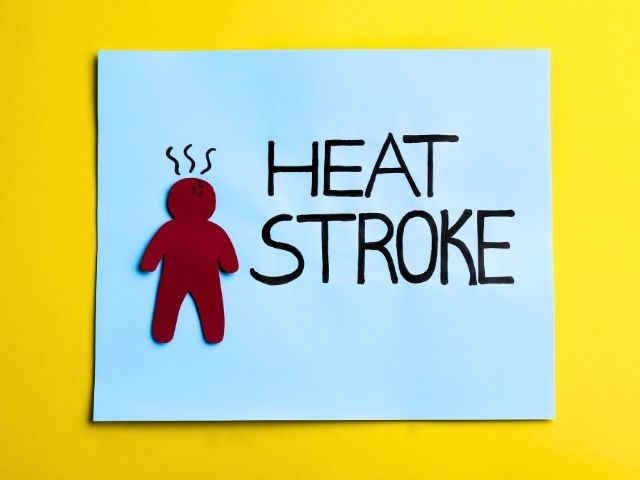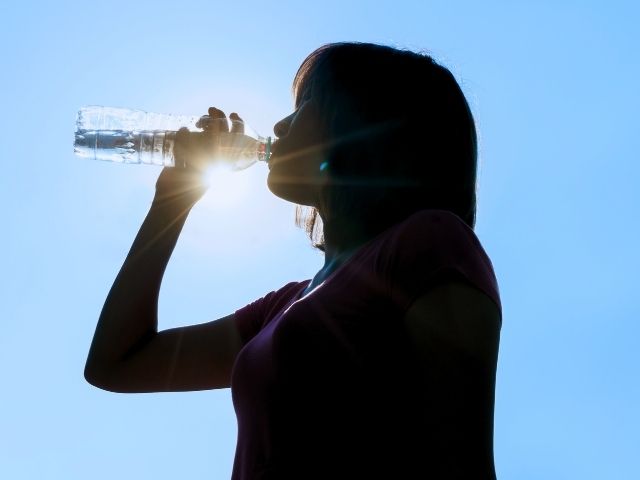Differences between Heat Exhaustion and Heat Stroke
Heat exhaustion is what occurs in the earlier stages of the body becoming overheated. It is important to think of heat exhaustion symptoms as a warning to take action to prevent heat exhaustion from progressing into heat stroke.
Symptoms of heat exhaustion may include:
- Cool, moist skin
- Heavy perspiration
- Faintness
- Dizziness
- Fatigue
- Muscle cramps
- Weak, fast pulse
- Nausea
- Headache
If the symptoms of heat exhaustion are present and left untreated, the risk of it progressing into heat stroke greatly increases. If heat stroke is left untreated, damage to the brain, heart, kidneys, and muscles is likely to occur. It is important to pay close attention to those older adults who are at an increased risk for heat stroke and act immediately once symptoms of overheating are suspected.
In addition to the symptoms listed above, the progression to heat stroke will also likely include:
- Vomiting
- Flushed skin
- Rapid, shallow breathing









